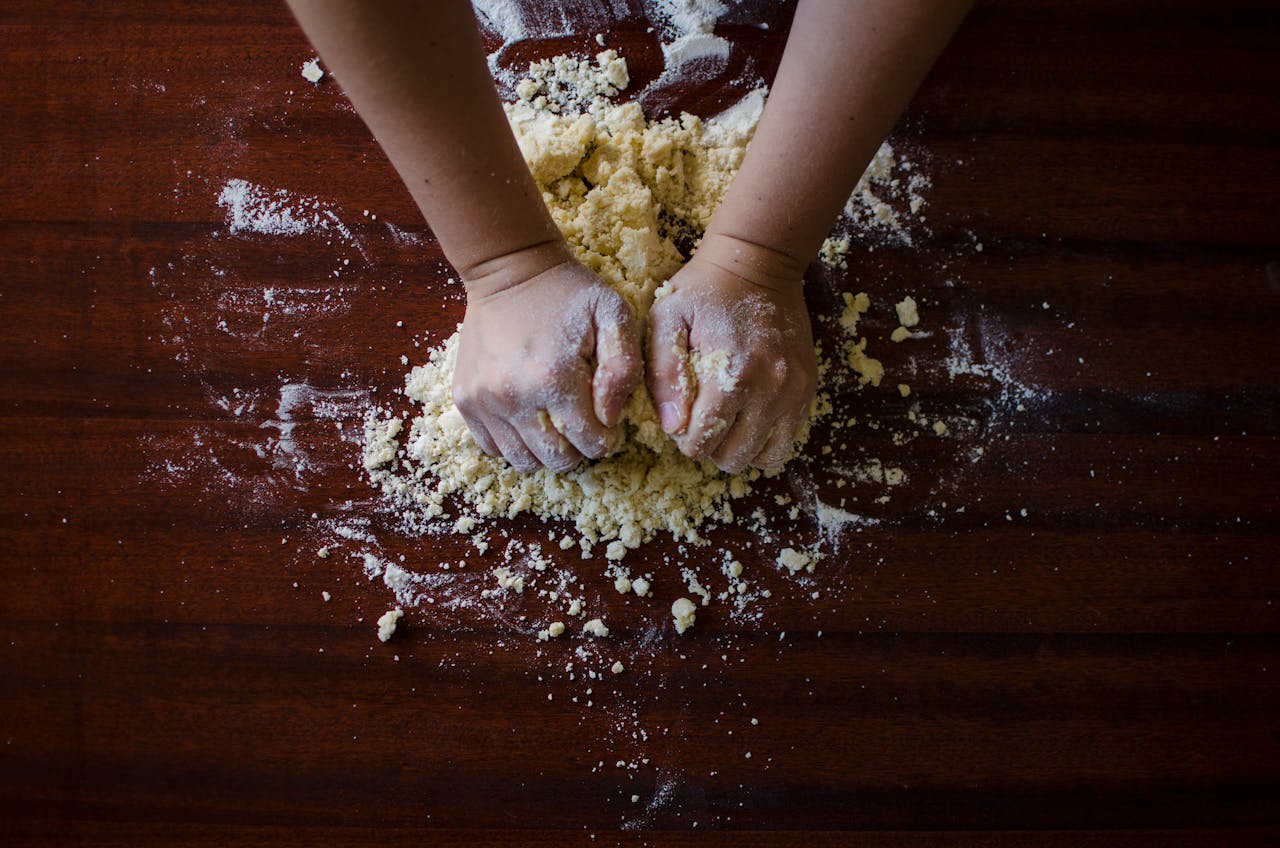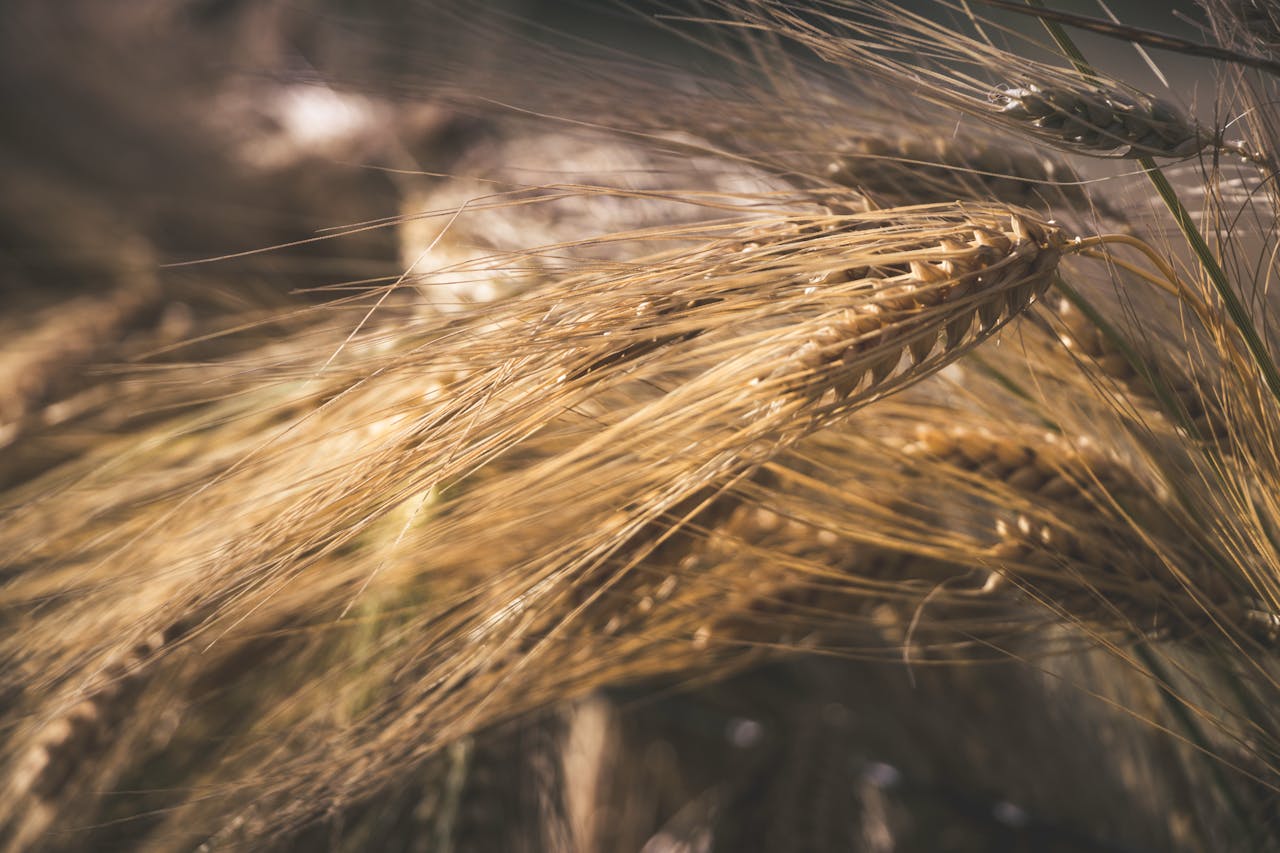Flour is the heart of baking—it builds the structure, texture, and even the flavor of your favorite baked goods. But with so many options on the shelves, which flour is truly the best for baking?
Spoiler: There’s no one-size-fits-all answer. The best flour depends on what you’re baking—cookies, cakes, bread, pizza, or gluten-free treats. Using the right flour can make the difference between a chewy cookie and a crumbly one, or a dense loaf and a perfect rise.
In this 2025 guide, we’ll walk you through the best flours for every type of baking, what makes them unique, and how to choose the right one for your kitchen.

1. All-Purpose Flour: The Everyday Hero
✅ Best For: Cookies, muffins, pancakes, quick breads, general baking
All-purpose flour (AP flour) is the most versatile flour in any baker’s pantry. It strikes a balance between protein content (9–11%) for structure and tenderness.
Pros:
-
Works well for most recipes
-
Affordable and widely available
-
Can be used for both soft and sturdy baked goods
Cons:
-
Not ideal for delicate cakes or high-rise breads
-
Lacks the specialization of other flours
Top Brands (2025): King Arthur, Bob’s Red Mill, Gold Medal
2. Bread Flour: For High-Gluten, Chewy Perfection
✅ Best For: Yeast breads, bagels, pizza dough, sourdough
Bread flour has a higher protein content (12–14%), which helps create more gluten—ideal for chewy, structured breads that need a strong rise.
Pros:
-
Strong gluten development
-
Better rise and chew for yeast doughs
Cons:
-
Too tough for cakes or tender pastries
Top Picks: King Arthur Bread Flour, Central Milling Artisan Bread Flour
3. Cake Flour: Light and Tender Results
✅ Best For: Cakes, cupcakes, tender muffins, delicate pastries
Cake flour is finely milled and low in protein (7–9%), resulting in a super soft, delicate crumb. It also absorbs more moisture and fat, making it perfect for fluffy, moist cakes.
Pros:
-
Silky texture
-
Helps prevent overdevelopment of gluten
Cons:
-
Not suitable for yeasted recipes or chewy textures
Top Picks: Swans Down Cake Flour, Softasilk
4. Pastry Flour: The Middle Ground
✅ Best For: Pies, tarts, scones, biscuits
Pastry flour falls between cake and all-purpose in protein content (8–9%), creating tender but slightly more structured results.
Pros:
-
Great for flaky pastries and pie crusts
-
Better structure than cake flour
Cons:
-
Not as widely available
-
Not ideal for bread or high-rise cakes
Top Picks: Bob’s Red Mill Pastry Flour, King Arthur Pastry Flour
5. Whole Wheat Flour: Nutty Flavor & Fiber

✅ Best For: Whole grain bread, muffins, pancakes, cookies
Made from the entire wheat kernel, whole wheat flour is rich in nutrients and has a dense, hearty texture. It’s more absorbent and can make baked goods feel dry, so often blended with AP flour.
Pros:
-
High in fiber and nutrients
-
Rich, nutty flavor
Cons:
-
Heavier texture
-
Shorter shelf life due to natural oils
Top Picks: King Arthur Whole Wheat Flour, Arrowhead Mills
6. Gluten-Free Flours: For Celiac and Allergy-Friendly Baking
✅ Best For: Gluten-free breads, cakes, cookies, brownies
Gluten-free baking requires a blend of flours and starches (like rice flour, tapioca starch, sorghum flour, or almond flour). Use a gluten-free all-purpose blend for best results.
Pros:
-
Safe for those with gluten intolerance or celiac
-
Variety of textures and flavors
Cons:
-
Often requires binders like xanthan gum
-
Different blends perform differently—test and adjust
Top Picks: Cup4Cup, Bob’s Red Mill Gluten-Free 1-to-1 Baking Flour, King Arthur Measure for Measure
7. Specialty Flours: For Unique Recipes and Diets
🍞 Almond Flour – Low-carb, great for keto and paleo baking
🍞 Coconut Flour – Very absorbent, best in small amounts
🍞 Rye Flour – Earthy flavor, best in artisan bread
🍞 Oat Flour – Mild, great for muffins, pancakes
🍞 Spelt Flour – Ancient grain, easier to digest than wheat
These flours add unique textures and flavors but are often used in combination with others.
How to Choose the Right Flour for Baking
| Baked Good | Best Flour Type |
|---|---|
| Chocolate Chip Cookies | All-purpose or bread flour (for chewiness) |
| Layer Cake | Cake flour |
| Pizza Dough | Bread flour |
| Pie Crust | Pastry flour or all-purpose |
| Sourdough | Bread flour + whole wheat |
| Muffins | All-purpose or whole wheat |
| Gluten-Free Cookies | Gluten-free 1:1 flour |
| Low-Carb Brownies | Almond or coconut flour |
Conclusion
The best flour for baking depends entirely on what you’re making. Whether you’re crafting a soft cake, chewy bread, or gluten-free goodies, there’s a perfect flour for the job. Keep all-purpose flour for everyday recipes, but don’t hesitate to reach for bread, cake, or gluten-free blends when the recipe calls for it.
Pro tip: Store flour in an airtight container in a cool, dark place (or the fridge/freezer) to preserve freshness—especially whole grain and nut-based flours.
Now that you know the best flour for every baking need, it’s time to preheat your oven and get mixing!